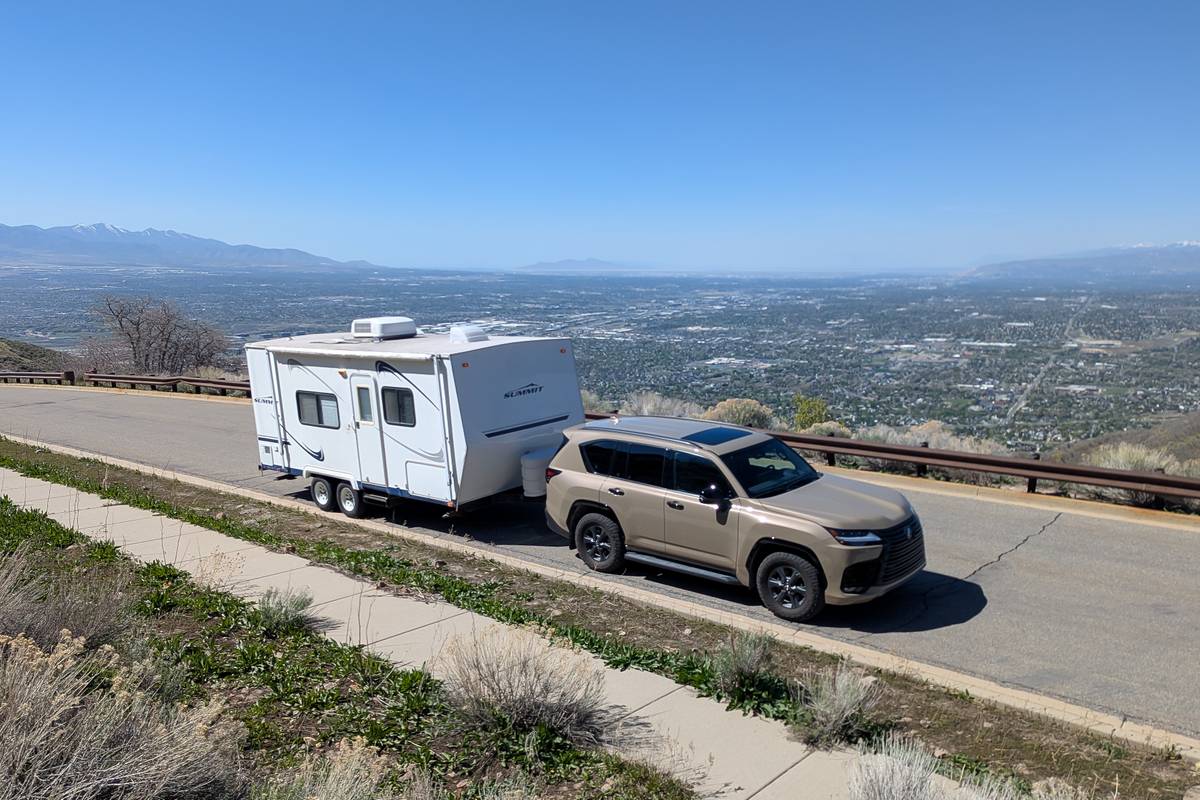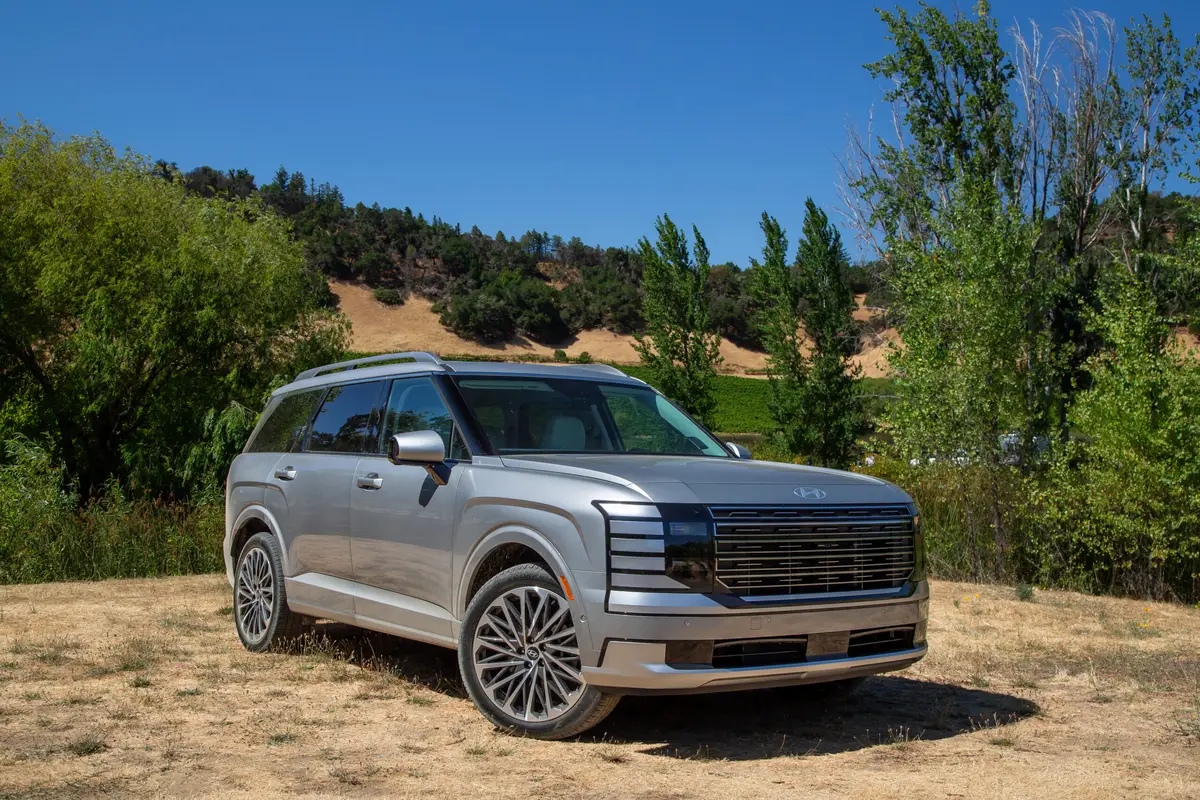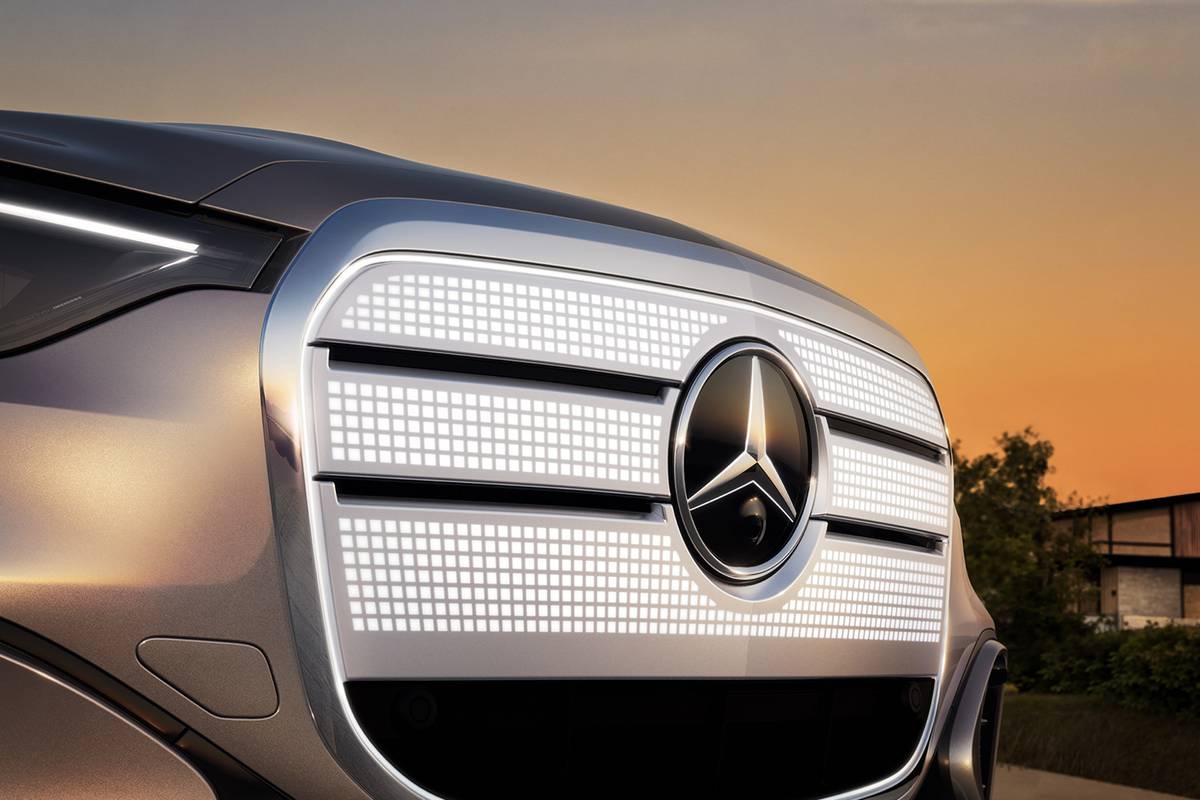TheMercuryNews.com's view
Somewhere between the Malibu and the Impala, Chevrolet got a clue.
That’s the current Malibu, which returned to the market after a 14-year absence in 1997, and the 2000 Impala, which shows up in Chevrolet dealer showrooms this spring.
The Malibu, while a decent enough small sedan, is a decidedly bland statement that doesn’t deserve one of the industry’s legendary monikers. The Impala, another classic name, works hard to earn it.
To me, it’s the positive sign that Chevrolet is finally heading in the right direction. Although the General Motors division has done well recently with the Corvette and traditionally with its big pickups, its car stable hasn’t been particularly strong.
The Chevy Impala, which arrived in 1958, was the best-selling car of the 1960s. These days, a top-selling car like a Camry, Taurus or Accord does well to top 400,000 units in a year. Back in 1965, Chevy dealers sold nearly 1.1 million Impalas. For the decade, nearly 8 million Impalas hit the road.
Paralleling the decline in the U.S. auto industry, which was tripped up by the energy crisis and took a decade and half to get back on its feet, sales of the Impala dropped in the ’70s and ’80s. GM finally rested the nameplate in 1986. Then, as a high-performance version of the stodgy full-size Caprice sedan, the Impala SS stole hearts from 1994 to 1996.
It was a limited-production model and one that was a surprise hit.
Now the Impala returns as Chevrolet’s flagship sedan. And it’s another surprise — a Chevy car that I actually like. I drove preproduction versions of both a base model and an Impala LS in recent days and the car grew on me with each turn behind the wheel.
Although it qualifies under EPA standards as a full-size car, it’s far removed from the boats that GM sailed into this decade with — the Roadmaster, Caprice, Ninety Eight and others.
It has more of a spacious midsize feel, in the vein of Toyota’s Avalon, the Dodge Intrepid or the Chrysler Concorde.
On the outside, the Impala is something of an odd bird. Mostly, it’s a conservative styling statement. There’s Chevy’s blue bow-tie logo on the grille, flush door handles and a few accent lines on the hood and along the sides of the car. The use of chrome is limited, which at once makes the new Impala contemporary, but a bit generic, too.
In back, however, this car is really different. The round tail lights — a nod to the look of that big-selling 1965 version — are surrounded by red plastic. In the center, Chevy drops in its chrome Impala logo. It’s a weird, distinct look. I’m not sure I like it, but I’ll almost always applaud someone who takes a chance.
On the inside, the new Impala is roomy and comfortable. The front seats are large with good support. In back, there’s plenty of room for three adults. Up front, however, this self-proclaimed six-passenger car really is best suited for five, maximum.
Instrumentation is simp le and gauges are skillfully placed. The long dashboard, which incorporates the words “air bag” on the passenger side, is a bit jarring. And I don’t like the dual climate controls, which look cheap to my eye.
What I do like is the choice of engines. On the base Impala, there’s a 3.4-liter V-6 that generates 180 horsepower. It’s based on GM’s 3.1-liter V-6 and performs competently, if not spectacularly. Standard on the LS (and available as an option to base Impala buyers) is GM’s 3.8-liter V-6. The so-called Series II V-6 makes 200 horsepower, and deserves Ward’s Auto World designation as one of the industry’s 10 best engines.
In terms of refinement and sophistication, the new Impala shows real progress from the sometimes slow-moving General Motors. And the prices — $19,265 for the base model and $22,925 for the LS — make the Impala competitive.
Don’t be confused, however. This remains an American car. It’s not a Camry wannabe, nor does it pretend to be. But it’s ot a Lumina, either. That vehicle has been Chevy’s top passenger-car model in recent years and it’s really not competitive with what Ford, DaimlerChysler or even Chevy’s sibling division have been offering midsize buyers.
In fact, the new Impala turns the Lumina into an afterthought, which is probably what Chevy has planned. Lumina, after all, is a name that never meant much to American car buyers, while Impala conjures up images of performance and style.
What we drove: A full-size, four-door sedan with a 3.8-liter V-6 engine and a four-speed automatic transmission.
Base price: $22,365
Price as tested (includes options and delivery charge): $24,198
Curb weight: 3,466 pounds
Length: 200 inches
Turning circle (curb to curb): 38 feet
Standard features: Dual front and side air bags; air conditioning; rear defogger; trip computer; anti-theft system; AM-FM stereo with cassette; remote keyless entry; cruise control; daytime running lights; touring tires; anti-lock brakes with tire-inflation monitor; traction control system.
Options on test vehicle: Leather seats; upgraded stereo with CD player; power and heated seats.
EPA figures: 20 mpg (city), 29 mpg (highway)
Latest news


2026 Hyundai Palisade Review: Growing Gains

